In April 2022, PBS reported that many Miami residents living in waterfront homes were considering relocation due to frequent flooding. At the time, scientists believed it was unlikely that Miami would be severely impacted by sea level rise. But now, those residents may have to follow through on their plans. One of the major drivers of rising sea levels is the Thwaites Glacier in West Antarctica, located roughly 7,000 miles from Miami. During a September 2024 British Antarctic Survey (BAS), a team of US-UK scientists discovered something deeply concerning about the glacier.
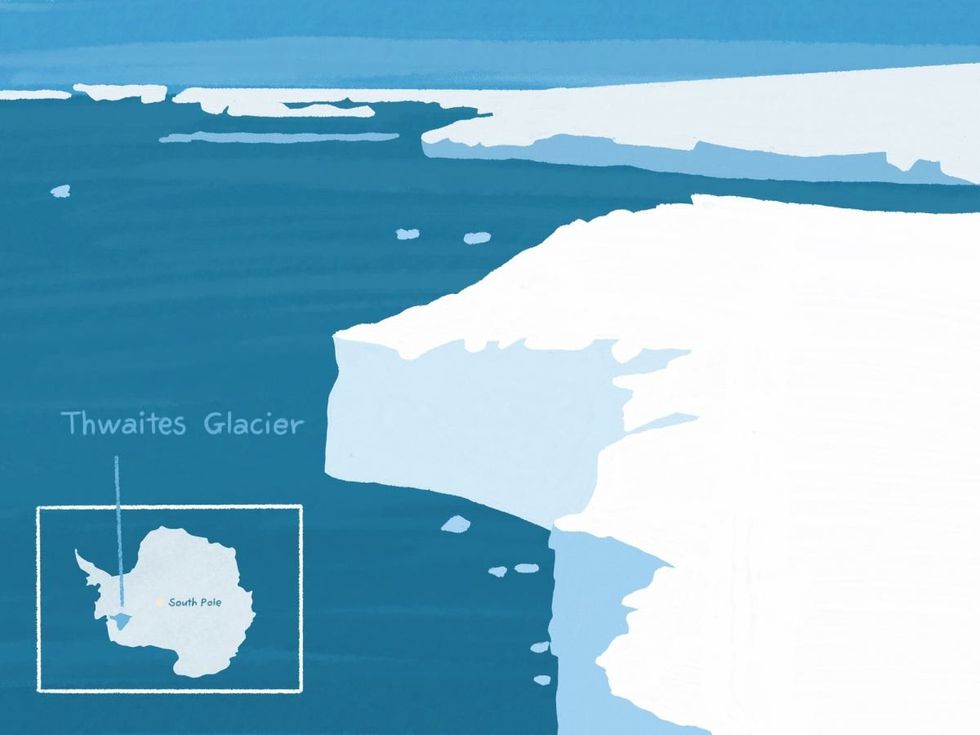
The researchers warned that the Thwaites Glacier is on the brink of irreversible collapse, posing a catastrophic threat to the world. It is melting so rapidly that scientists estimate the entire Antarctic Ice Sheet could disappear within the next 200 years. Dubbed the “Doomsday Glacier,” Thwaites is not only one of the largest and fastest-changing glaciers but also one of the most dangerous. Its collapse could cause sea levels to rise by 65 centimeters—or potentially even several meters—triggering disastrous consequences for coastal cities around the globe.
Speaking to PBS, glaciologist Kiya Riverman, who has been actively studying Doomsday Glacier for years, said that glaciers usually respond to climate change over a timeframe of a couple of years. This is particularly true in the case of glaciers that are especially weak and vulnerable, and the Doomsday Glacier is one of them. Riverman explained that the ice sheet floating in the ocean acts “like a dam” that holds the bulk volume of water within it. But when this ice experiences cracking and melting, it becomes sensitive and unable to hold that much water, leading to rapid flooding.
Given that the glacier poses a major concern, researchers have been investigating it since 2018 as part of a project called “International Thwaites Glacier Collaboration (ITGC).” In 2019, a team of researchers, including Riverman, used a robot called Icefin to drill a 2,000 feet (600-meter) hole in Thwaites ice, so they could collect images of what was going on beneath the glacial ice. The instrument was supposed to reach at a point where ice met the ocean water. What they found was nothing short of horror.
Lurking beneath a hundred-mile-long patch of cracked glacial ice and glassy pieces was a thermal reservoir that threatened the surrounding ice. Adding to this, they discovered a whole new landscape encapsulated under ice. Cracks and crevasses ran down in stairlike formations, piercing deep into the ice sheet. Peter Davis, a researcher, told CNN in 2023 that their study revealed “a very nuanced and complex picture.” However, the rate at which the ice was melting wasn’t that much a figure of concern.
But the latest revelation has changed all the previous proportions and made the “Doomsday Glacier” a source of worry. “Thwaites has been retreating for more than 80 years, accelerating considerably over the past 30 years, and our findings indicate it is set to retreat further and faster,” Rob Larter from the Science Coordination of the ITGC and a marine geophysicist at BAS, said.
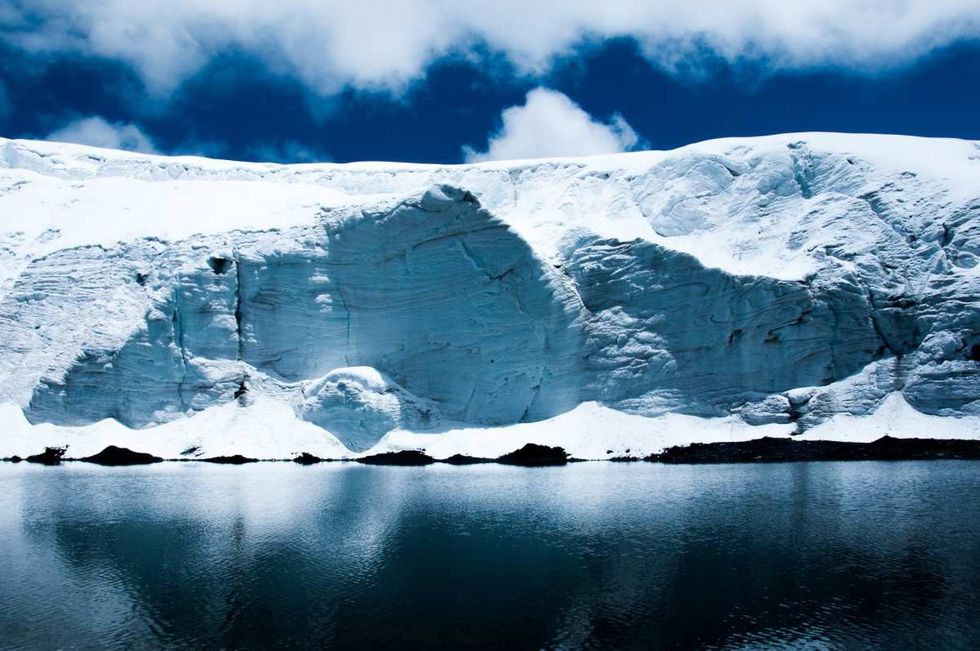
According to BAS, the accelerating melting of this glacier could put hundreds of millions of people on coasts from Bangladesh to low-lying Pacific islands, from New York to London, in danger. “It’s concerning that the latest computer models predict continuing ice loss that will accelerate through the 22nd century and could lead to a widespread collapse of the West Antarctic Ice Sheet in the 23rd,” said Ted Scambos, US science coordinator of the ITGC.


















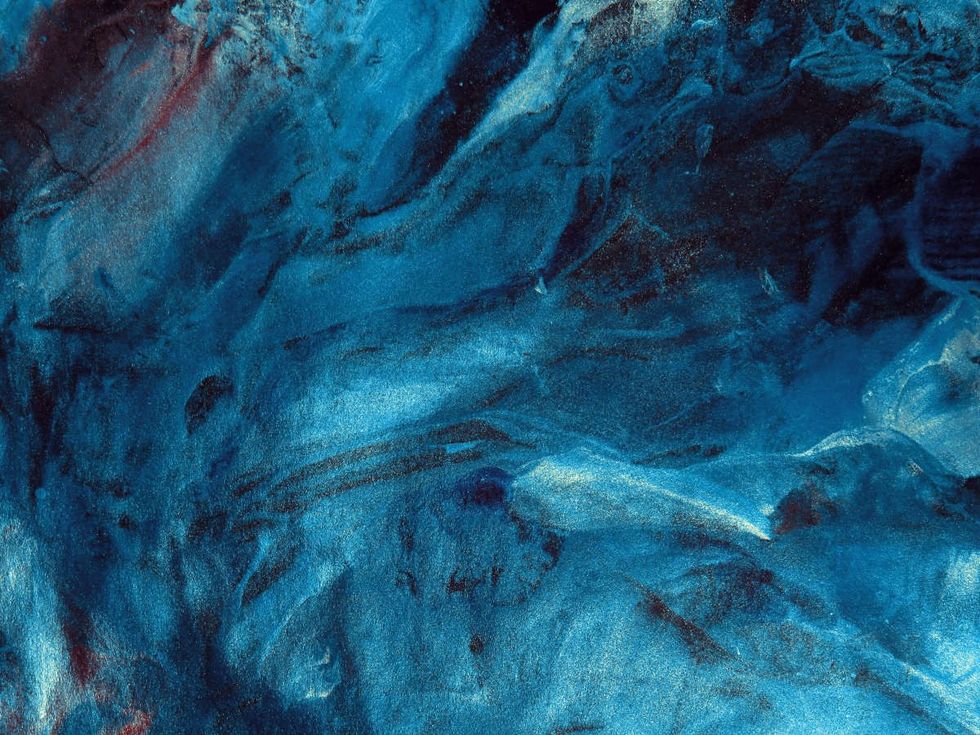 Representative Image Source: Pexels | Anni Roenkae
Representative Image Source: Pexels | Anni Roenkae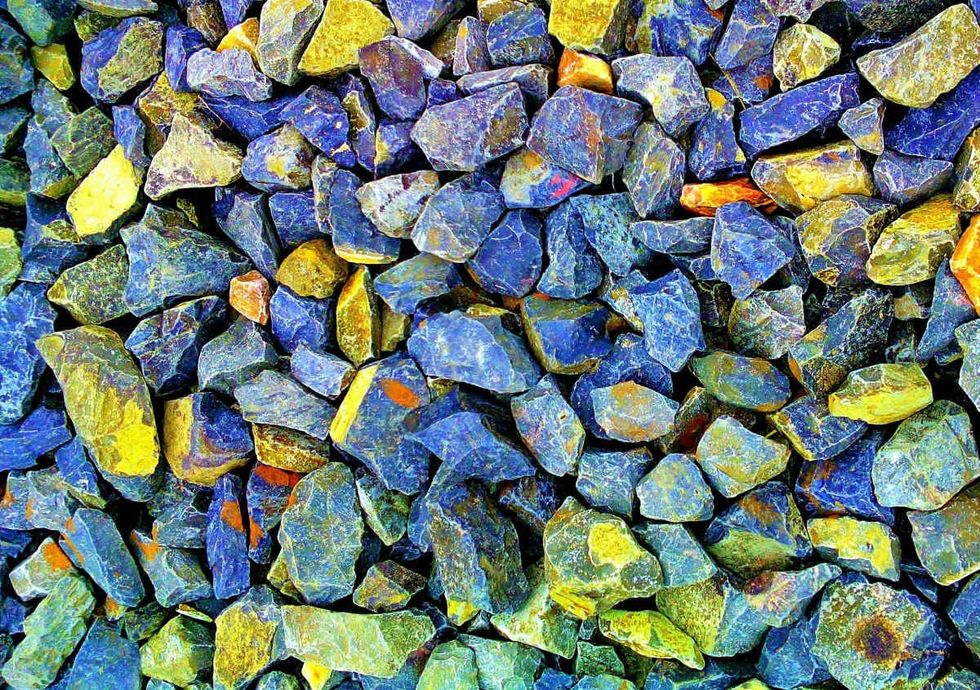 Representative Image Source: Pexels | Its MSVR
Representative Image Source: Pexels | Its MSVR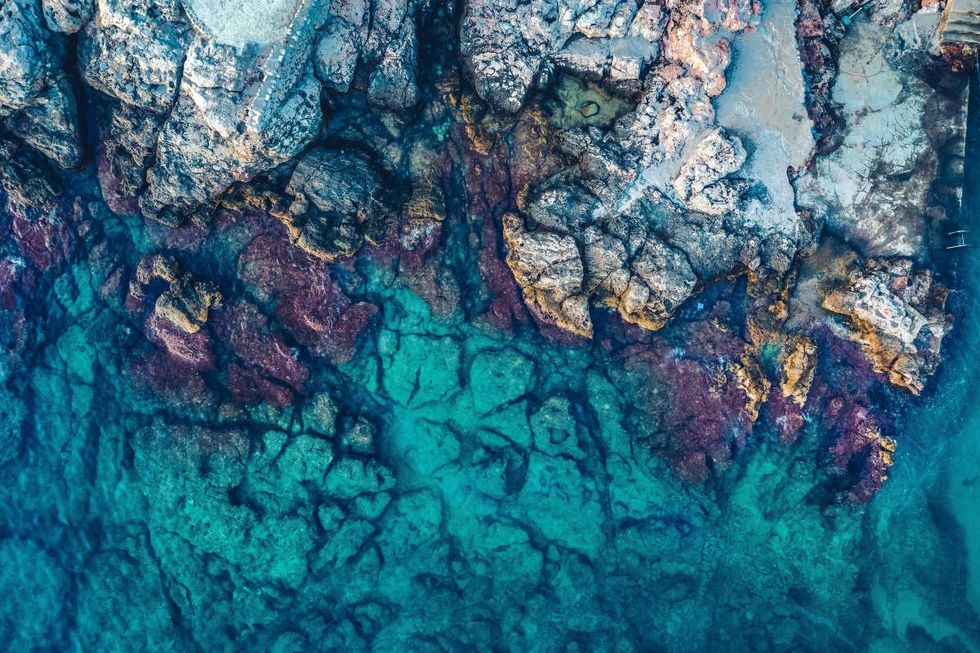 Representative Image Source: Pexels | Lucian Photography
Representative Image Source: Pexels | Lucian Photography

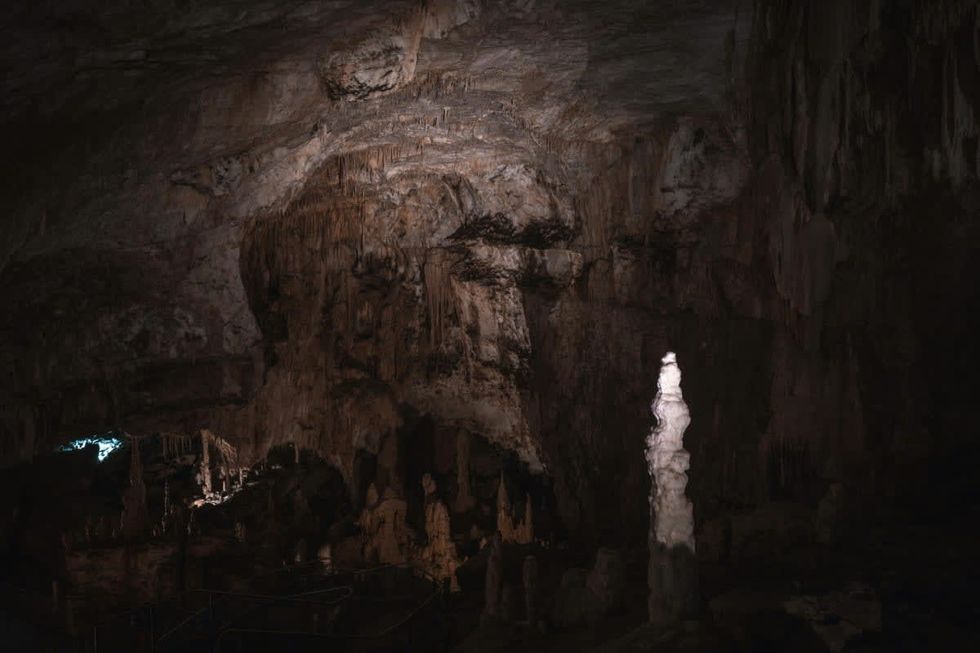 Representative Image Source: Pexels | francesco ungaro
Representative Image Source: Pexels | francesco ungaro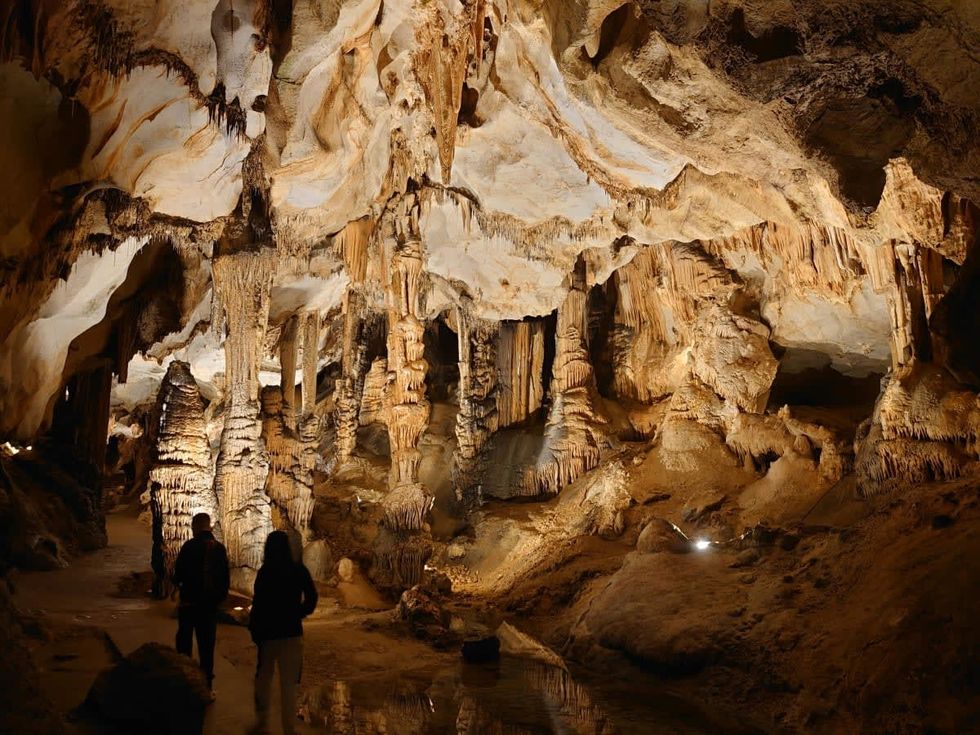 Representative Image Source: Pexels | parfait fongang
Representative Image Source: Pexels | parfait fongang Image Source: YouTube |
Image Source: YouTube |  Image Source: YouTube |
Image Source: YouTube |  Image Source: YouTube |
Image Source: YouTube | 
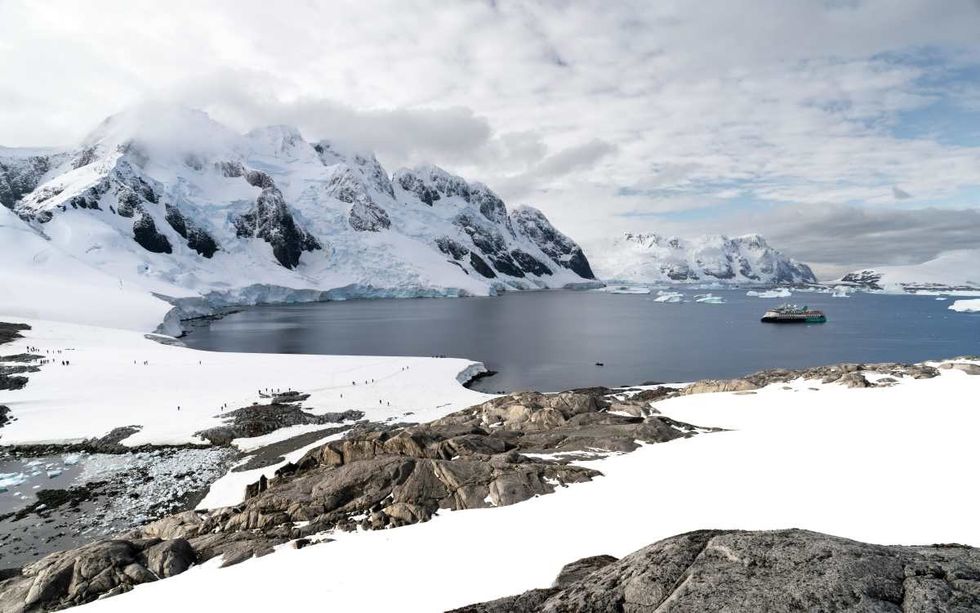 Representative Image Source: Pexels | Hugo Sykes
Representative Image Source: Pexels | Hugo Sykes Representative Image Source: Sectional view of the Earth, showing central fire and underground canals linked to oceans, 1665. From Mundus Subterraneous by Athanasius Kircher. (Photo by Oxford Science Archive/Print Collector/Getty Images)
Representative Image Source: Sectional view of the Earth, showing central fire and underground canals linked to oceans, 1665. From Mundus Subterraneous by Athanasius Kircher. (Photo by Oxford Science Archive/Print Collector/Getty Images)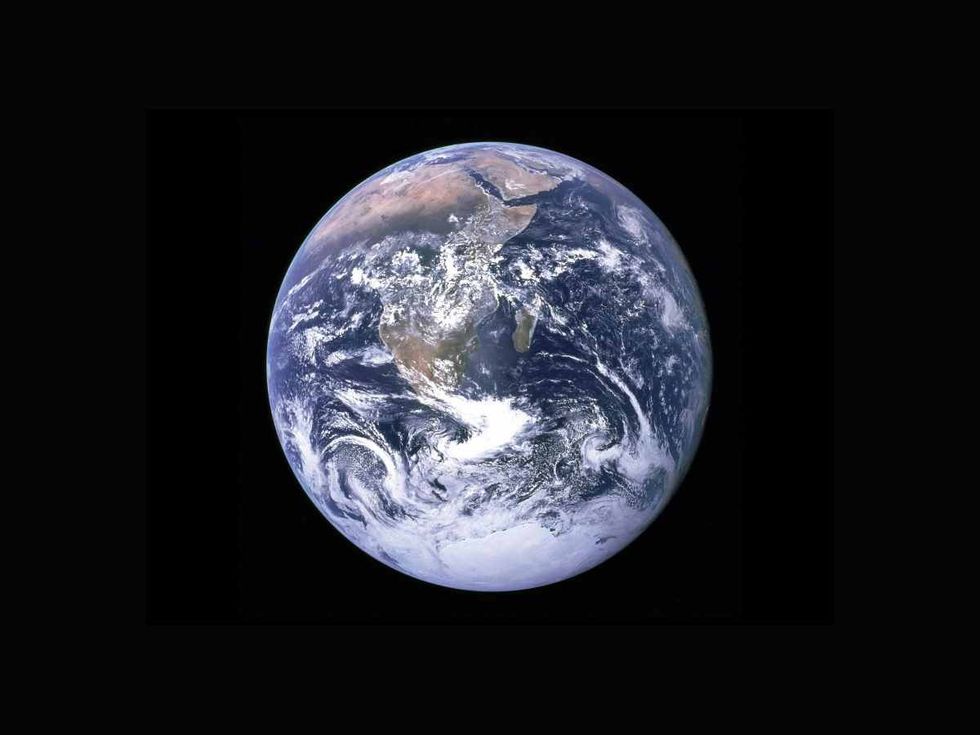 Representative Image Source: Pexels | NASA
Representative Image Source: Pexels | NASA

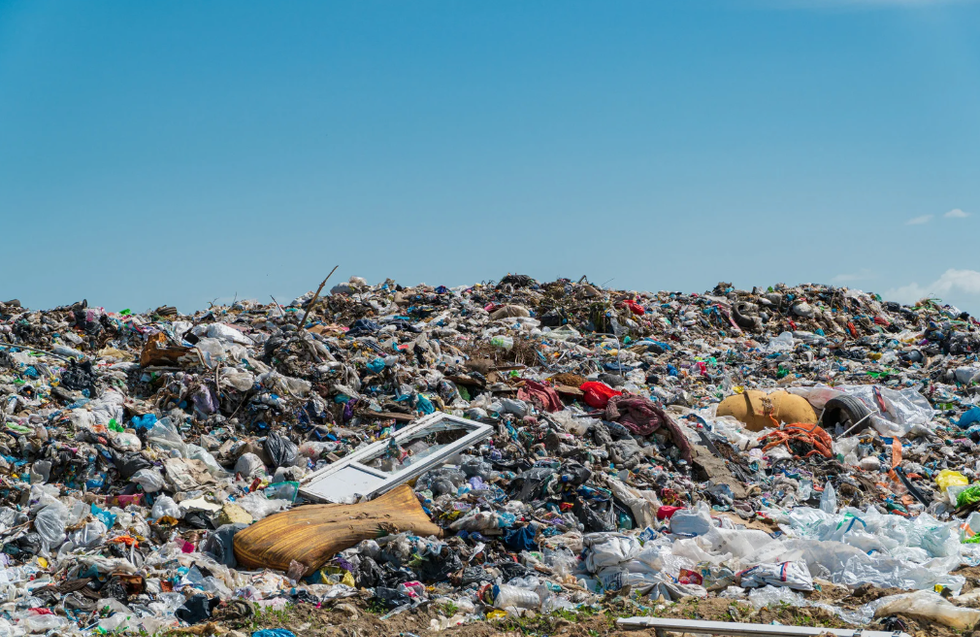


 Representative Image Source: Pexels | Steve Johnson
Representative Image Source: Pexels | Steve Johnson Representative Image Source: Pexels | RDNE Stock Project
Representative Image Source: Pexels | RDNE Stock Project Representative Image Source: Pexels | Mali Maeder
Representative Image Source: Pexels | Mali Maeder
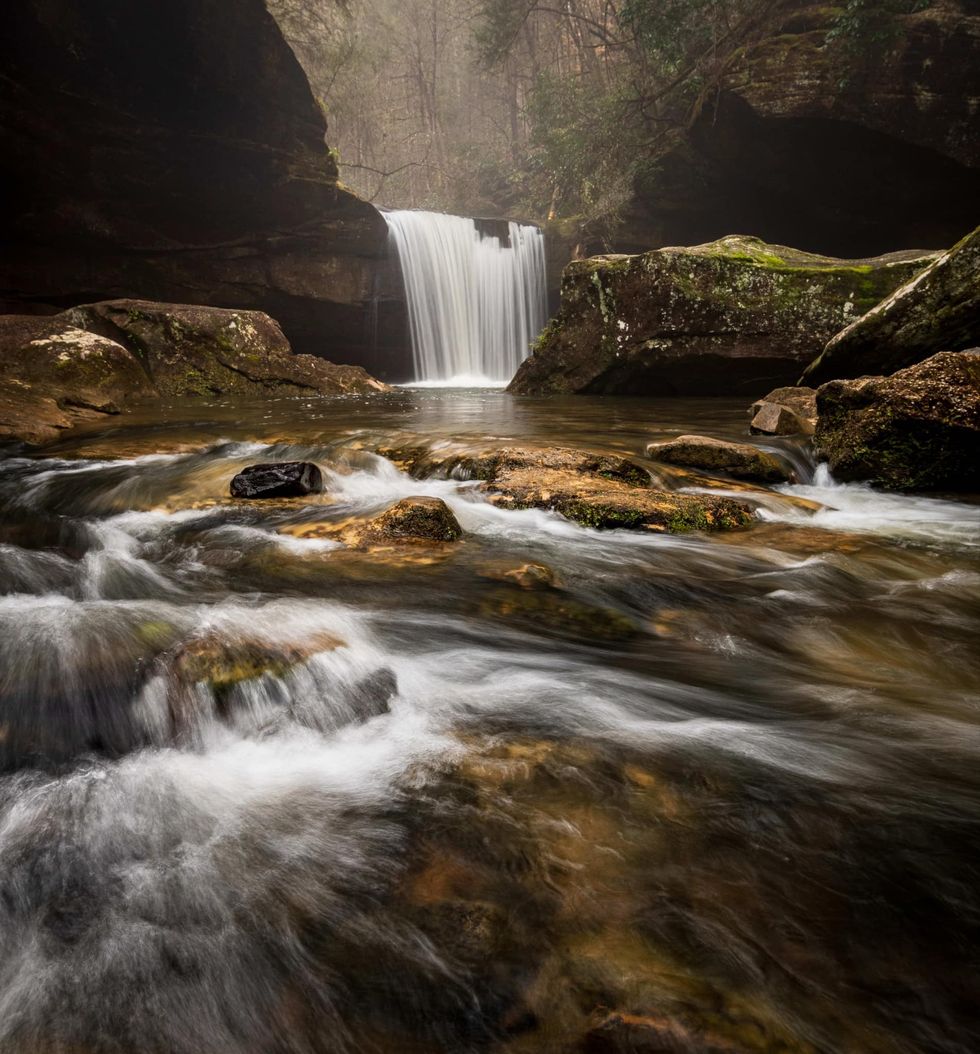 Photo: Craig Mack
Photo: Craig Mack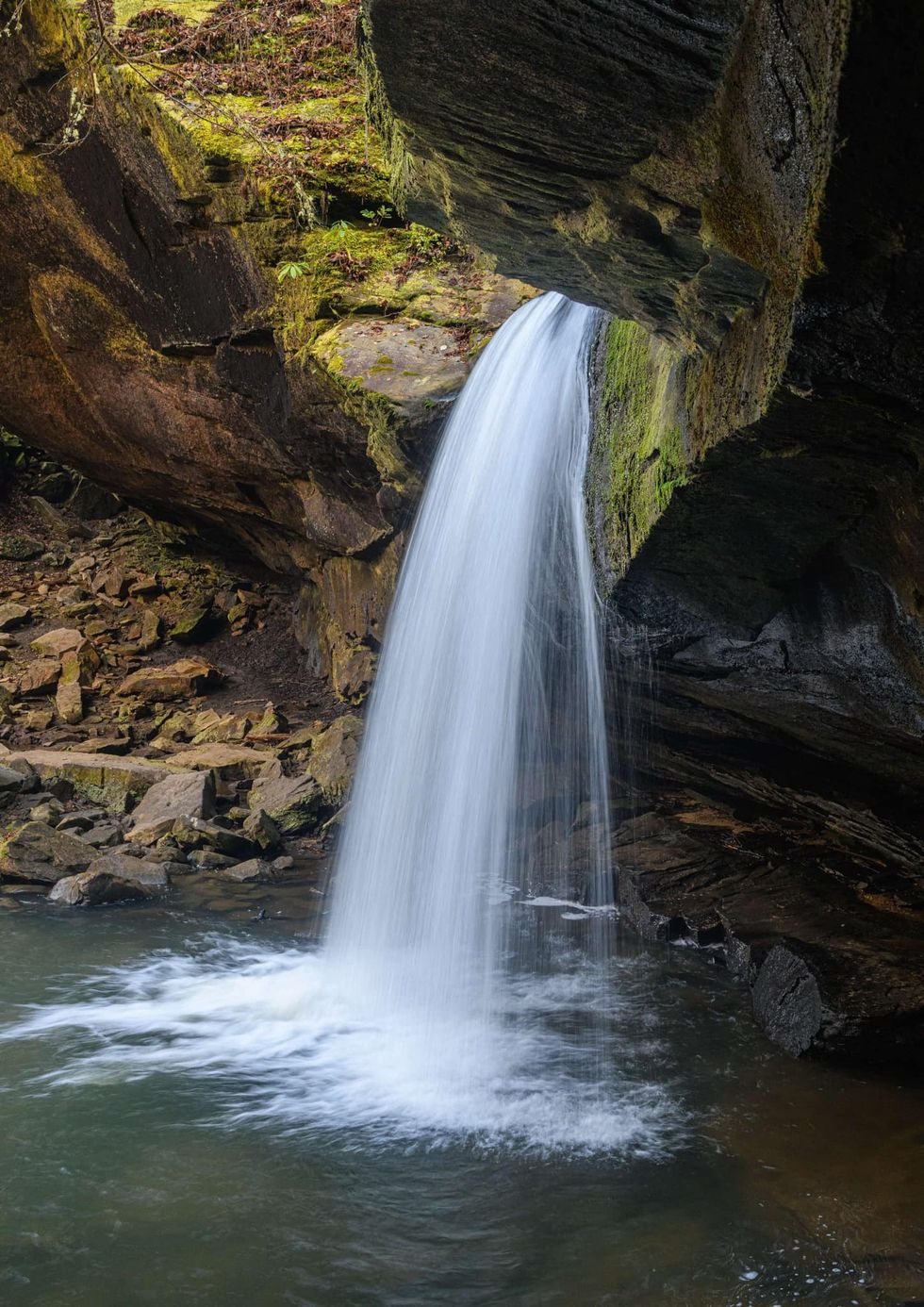 Photo: Craig Mack
Photo: Craig Mack